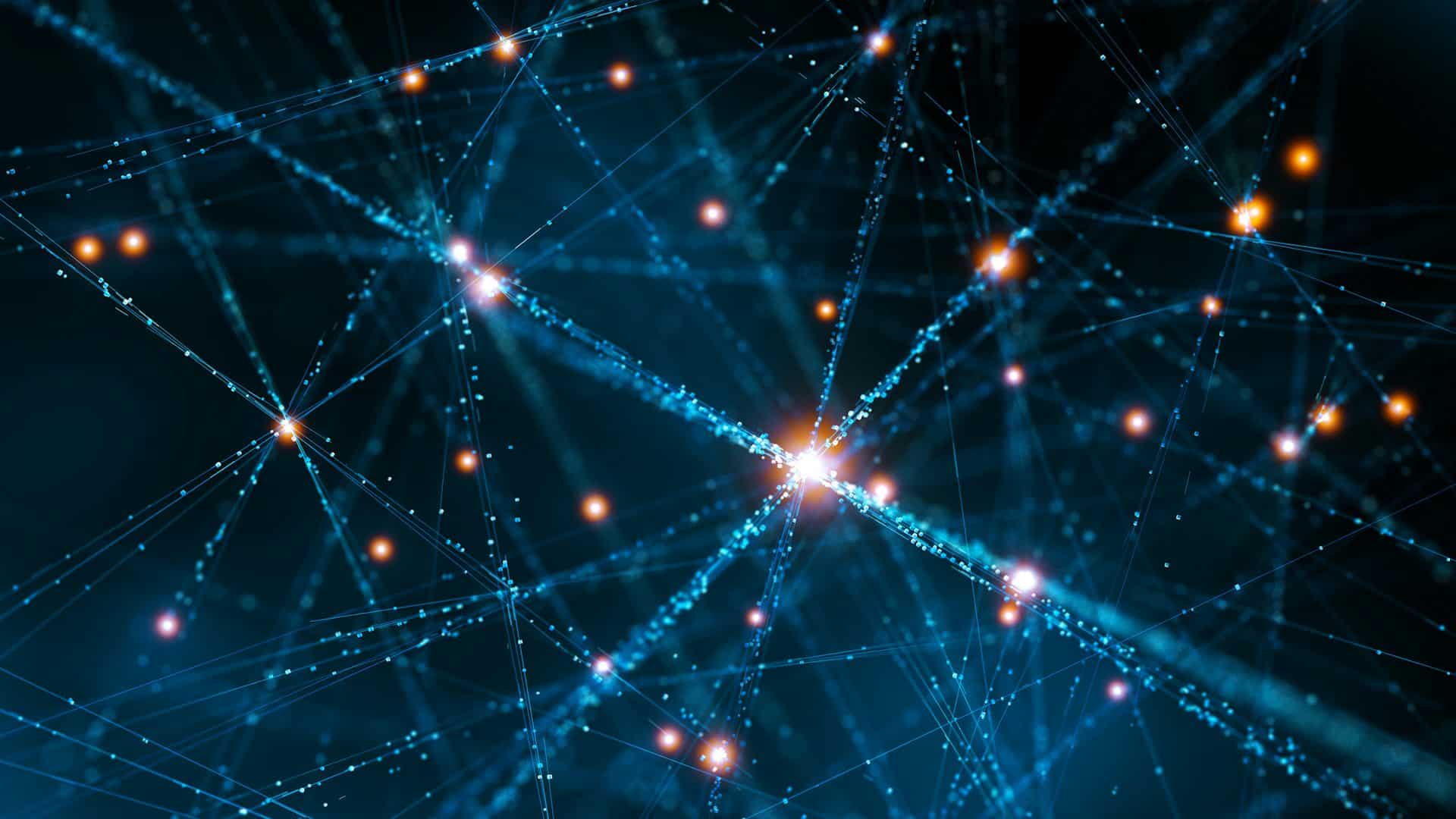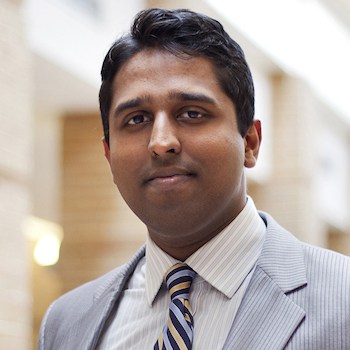
Veera Sundararaghavan Highlights How Physics Led to Breakthroughs in AI in The Conversation
Professor Sundararaghavan explains this years Nobel Prize in Physics

Professor Sundararaghavan explains this years Nobel Prize in Physics

Professor Veera Sundararaghavan shared insights with The Conversation explaining the branch of physics behind this year’s Nobel Prize in Physics. This year’s recipients, John J. Hopfield and Geoffrey E. Hinton, received the Nobel Prize for their research on machine learning algorithms and neural networks that help computers learn.
As an expert in computational material science, Sundararaghavan went into detail about how this area of research has a broad implication towards the work he is pursuing at the University of Michigan. He stated that the work Hopfield and Hinton have done in their research has allowed him and his colleagues to study a process called generative learning for materials sciences, a method that is behind many popular technologies like ChatGPT.
“Hopfield and Hinton have significantly influenced AI research by leveraging tools from statistical physics. Their work draws parallels between how nature determines the physical states of a material and how neural networks predict the likelihood of solutions to complex computer science problems,” stated Sundararaghavan.
Throughout the article he shared with The Conversation, Sundararaghavan goes into detail on how developing neural network theories is deeply rooted in a subfield of physics called statistical mechanics. With the work Hopfield and Hinton have collectively gathered, Sundararaghavan and his group have been able to implement these ties to quantum computers for generative learning.
At the University of Michigan, Sundararaghavan is the director of the Multiscale Structural Simulations Laboratory, focusing his research on multi-length scale computational techniques for modeling and design of aerospace materials with an emphasis on microstructural mechanics and molecular simulation. He is particularly interested in new computational techniques that can revolutionize the way we compute in materials science: machine learning and quantum computing algorithms.
Read the full piece from The Conversation here: https://theconversation.com/how-a-subfield-of-physics-led-to-breakthroughs-in-ai-and-from-there-to-this-years-nobel-prize-240871